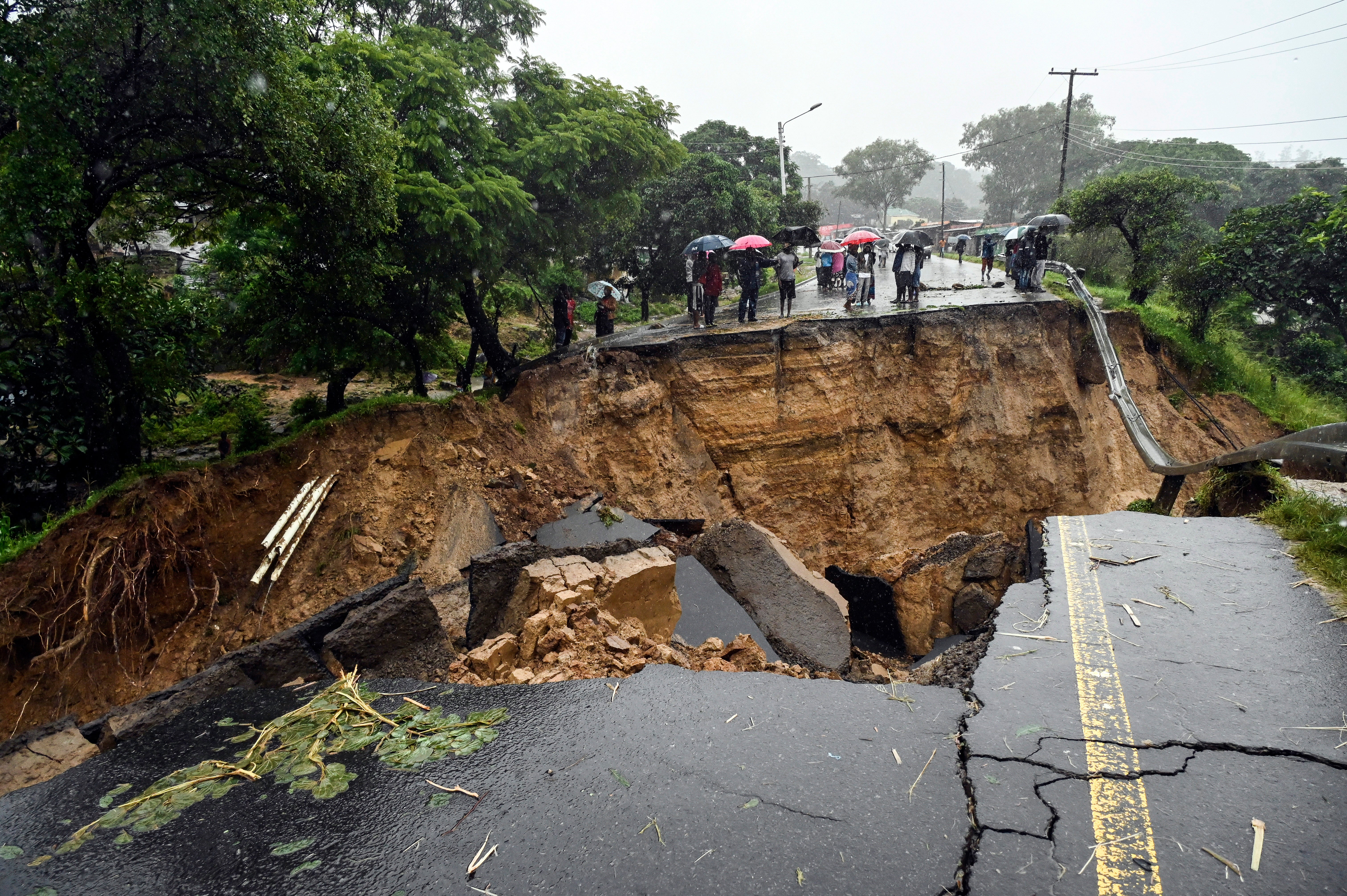UN weather agency says Tropical Cyclone Freddy that hit eastern Africa last year was longest ever
The U.N. weather agency says it has confirmed that Tropical Cyclone Freddy, a deadly Indian Ocean storm that lashed eastern Africa last year, was the longest-lasting cyclone ever recorded — at 36 days

The U.N. weather agency said Tuesday that Tropical Cyclone Freddy, a deadly Indian Ocean storm that lashed eastern Africa last year, was confirmed to be the longest-lasting cyclone ever recorded at 36 days.
Freddy topped the previous record held by Hurricane John, which struck Hawaii and lasted almost 30 days in the northern Pacific three decades ago, the World Meteorological Organization said as it released a study which began as Freddy waned in March last year.
It was also the second-longest in terms of distance traveled, at some 12,785 kilometers (7,945 miles) — while John was more than 13,000 kilometers, the agency said.
In the wake of Freddy, which pounded eastern Africa in two phases, more than 1,200 were reported dead or missing in Malawi while more than 180 people died in Mozambique, the WMO said.
“It didn’t make just one landfall, which is what we normally see with a tropical cyclone," said Clare Nullis, a WMO spokeswoman. "It had multiple landfalls in what very are vulnerable countries: Mozambique, Madagascar, it also had big impacts in Malawi, other southern African countries.”
Bookmark popover
Removed from bookmarks